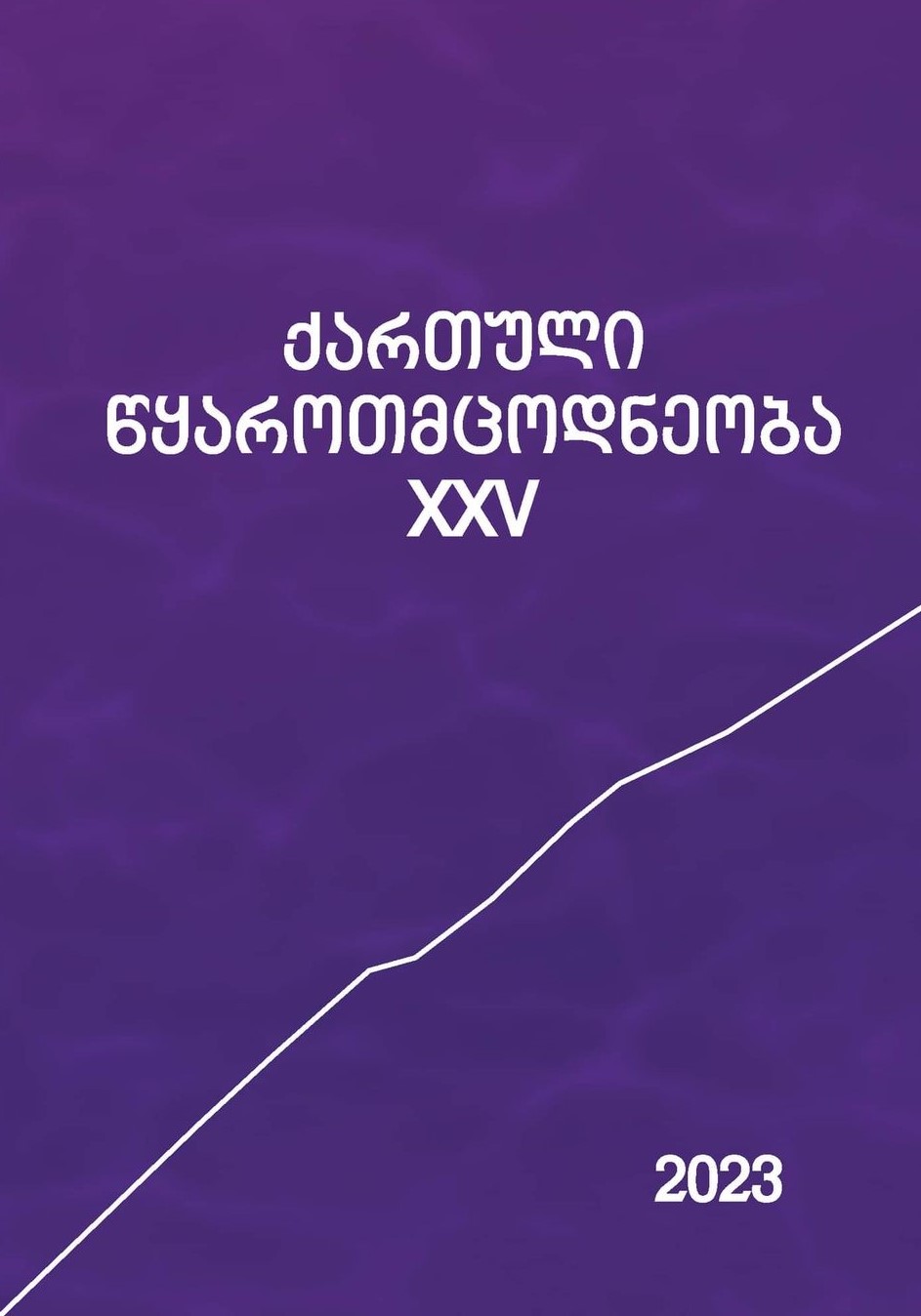Mission of Count Louis-Francois de Ferrières Sauvebeuf to the Eastern Countries in 1782-1789 and his Reports about Georgia
Abstract
In the 17th-18th centuries, extensive reports about Georgia were published in Paris and Amsterdam, which are associated with the works of French travelers: Jean-Baptiste Tavernier (Paris, 1677), Jean Chardin (Amsterdam, 1711), and Joseph Pitton de Tournefort (Amsterdam, 1717). In addition to them, the writings of the priest from Lyon, André de Claustre (Paris, 1742), and the French consul in Izmir, Charles de Paysonel (Paris, 1854; Paris, 1787), were published in Paris.
At the end of the 18th century, on the orders of Louis XVI and the Secretary of State for Foreign Affairs of France, Count Charles Gravier de Vergennes, in 1782, a French officer, Count Louis-François de Ferrières Sauvebeuf, went to the Ottoman Empire and Iran. The purpose of his secret mission was to obtain information about these states, the situation in the region and the favorable conditions for French trade in the Persian Gulf.
After several years of traveling in Eastern countries, Count de Ferrières Sauvebeuf returned to France on May 5, 1789, and he published the impressions of his travels in two volumes in January 1790. They contain information about political events in the region, as well as data on religion, population, customs, agriculture, trade, etc. of the countries visited by him. He arrived in Iran during the reign of Ali Morad Khan (1781-1785), the Shah of the Zend dynasty, in May 1784 and stayed there until the fall of 1785, in order to create an idea about Russia's interests in the Caspian Sea and Georgia.
The French diplomat's reports about Georgia are given in chapters XX and XXI of the first volume of his works.We will single out the following issues from them: 1. Erekle II's rule after signing the Treaty of Georgievsk; 2. Description of Tbilisi; 3. Characterization of Georgians and Mingrelians. Unlike other travelers, he does not write anything about his movements during the journey. Therefore, it is likely that he got some information about Georgia from the writings of Tavernier and Tournefort, while he received information about Erekle II, Tbilisi, Solomon I, and Samegrelo during his stay in Iran and the Ottoman Empire, since there is no information about his trip to Georgia in his biography.
This work by Count Louis-François de Ferrières Sauvebeuf was immediately translated into Dutch and English, and in 1794 an abridged Swedish edition appeared in Stockholm.
Downloads
Published
Issue
Section
Categories
License

This work is licensed under a Creative Commons Attribution-NonCommercial 4.0 International License.

